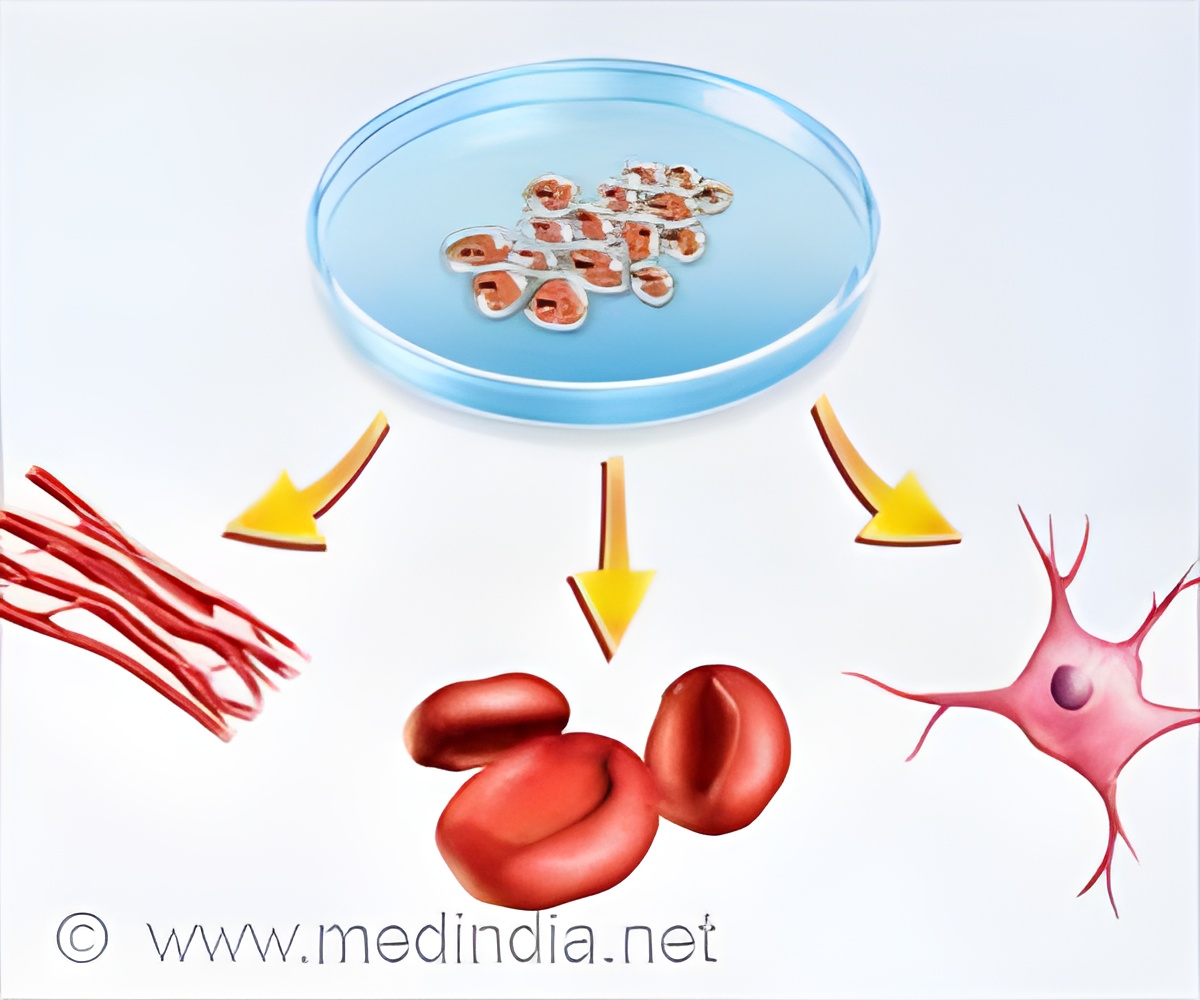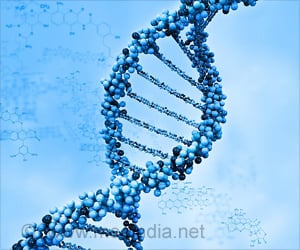Stem cell science and medicine including disease models and 3D printing capabilities are being advanced by leveraging space-based technologies.

‘Stem cell science and medicine including disease models and 3D printing capabilities are being advanced by leveraging space-based technologies.
’





Moreover, the team has found that microgravity has the potential to contribute to life-saving advances on Earth by facilitating the rapid mass production of stem cells. “We are finding that spaceflight and microgravity is a desirable place for biomanufacturing because it confers a number of very special properties to biological tissues and biological processes that can help mass produce cells or other products in a way that you wouldn’t be able to do on Earth. The last two decades have seen remarkable advances in regenerative medicine and exponential advancement in space technologies enabling new opportunities to access and commercialize space,” says stem-cell biologist Arun Sharma, PhD, research scientist and head of a new research laboratory in the Cedars-Sinai Board of Governors Regenerative Medicine Institute, Smidt Heart Institute and Department of Biomedical Sciences.
In addition, the team found that once the body is exposed to low-gravity conditions for extended periods, it experiences accelerated bone loss and aging. Hence, developing accelerated aging process-related disease models may aid in a better understanding of the aging mechanisms.
“While we are still in the exploratory phase of some of this research, this is no longer in the realm of science fiction. Within the next five years, we may see a scenario where we find cells or tissues that can be made in a way that is simply not possible here on Earth. And I think that’s extremely exciting,” says Sharma.
Source-Medindia













